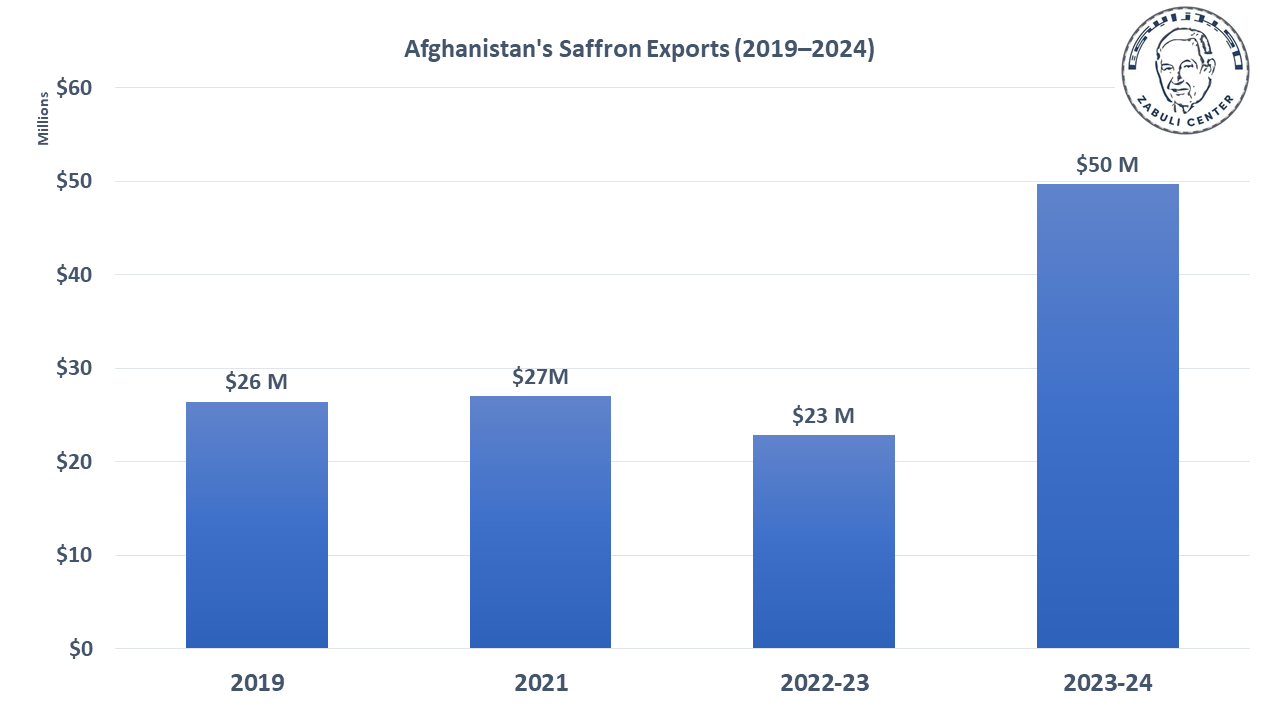12 Jul,25
Most Searched Keywords
26 May
From Afghanistan to Chicago, The Saffron Success Story of Mohammad Salehi !!!

From Afghanistan to Chicago: The Saffron Success Story of Mohammad Salehi !!!
Mohammad Salehi, an Afghan entrepreneur, transformed a small saffron business in Afghanistan into a thriving venture in the United States. His journey is a powerful testament to the potential of Afghan products and the spirit of entrepreneurship.
According to the Majeed Zabuli Center's findings, Afghan saffron exports from 2019 to 2024 amounted to around $126 million. Salehi’s story exemplifies how determination and vision can turn potential into success.
Salehi grew up helping his family harvest saffron on their 10-acre farm in Afghanistan. After high school, he worked as a translator for the U.S. Armed Forces, which allowed him to move to Chicago in 2014 through a special visa program. Determined to succeed, Salehi initially worked as a host at a real estate company. However, a disappointing experience with local saffron sparked his business idea. One day, while preparing a traditional Afghan dish, he bought saffron from a local store, only to find that its taste was artificial and metallic rather than earthy and floral. This realization inspired him to introduce authentic Afghan saffron to the U.S. market.
In 2017, Salehi took a bold step by sharing saffron samples with chefs in Chicago. The authentic taste immediately impressed them, leading to a surge in demand. That December, his mother sent him three pounds of saffron, followed by eleven more a few months later. As chefs continued to praise the quality, Salehi knew he had something special. His small venture had officially taken off.
His business model focused on direct sales to restaurants, where chefs bought 57 to 114 grams per month at $125 per ounce, while retail customers purchased 1 to 2 grams for $15 to $25. As sales grew, Salehi expanded his team by hiring a partner and two employees. To meet the increasing demand, he started sourcing from other Afghan farmers, building a reliable supply chain.
In 2021, his business faced a significant challenge when direct shipments from Afghanistan to the U.S. halted. Adapting swiftly, Salehi collaborated with his friend Shahram Mohammadi to establish a distribution center in Dubai. This strategic move allowed saffron to be shipped to Dubai first and then forwarded to the U.S., keeping the business running despite geopolitical changes.
As demand continued to rise, Salehi’s company diversified its product line to include cumin and peppers. By 2024, annual sales had exceeded $500,000, and the business projected revenue between $750,000 and $1 million for 2025.
From a small farm in Afghanistan to a successful business in Chicago, Mohammad Salehi’s journey is a remarkable example of hard work, innovation, and strong community support. His story is not just an entrepreneurial success but an inspiration, highlighting the global potential of Afghan products.
#AfghanEconomy
